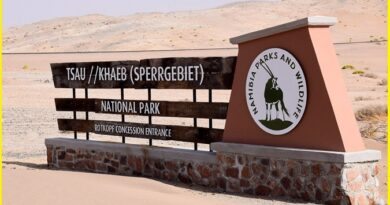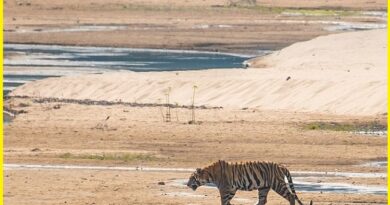The most Unearthly place of the planet, take a traverse around the Argentina’s ‘Valley of the moon’!
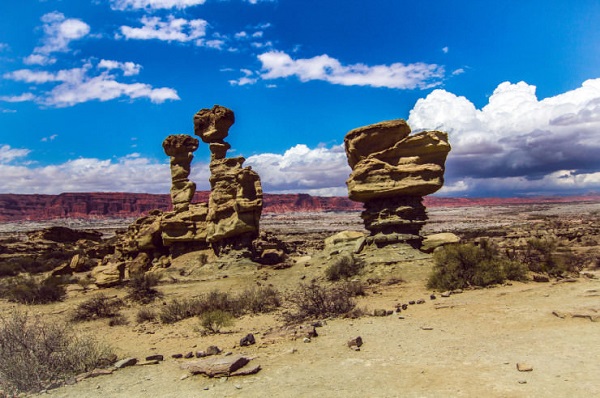
Valley of the Moon is also known as the “Painted Valley”, due to its colourful sedimentary formation. The whole valley is situated within Argentina’s Monte eco-region, a warm scrub desert along the Eastern Andean foothills.
Valley of the moon Argentina-Geological Age
Valley of the Moon Argentina is an attractive mountain with a scientific treasure of global importance. It consists of the sedimentary Triassic Basin, of continental sediment deposition. This Basin has a complete record and sequence of plant and animal life in the geological period from roughly 250 to 200 million years ago.
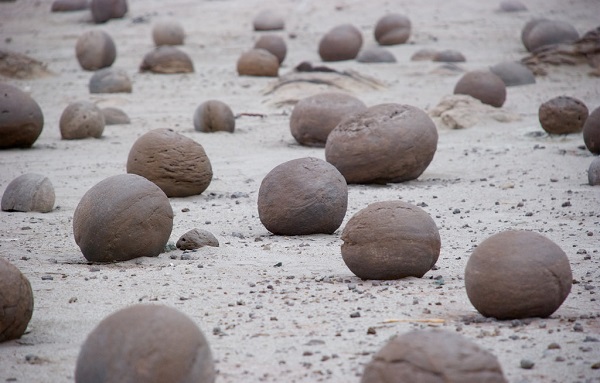
Unsurprisingly scientists have found fossils of various dinosaur species, buried here millions of years ago. The park was also included in UNESCO’s World Heritage list. Valley of the moon landscape features includes red sandstone cliffs reaching 200 meters in height, a white and multi-coloured sedimentary rock that’s made landscape named “Valle de la Luna” or “Valley of the Moon Argentina”.
Also read- The Magnificent “Welded Tuff” Geoheritage Site in the Jodhpur Fort area
Valley of the Moon Argentina is made up of a variety of distinct landmarks including salt flats, volcanoes, and lakes. its hosts many sand dunes, rock formations, caves, dried-up lakes, escarpments, and salty plains; which bring this land a moonscape appearance.

The formations resulted from centuries of water and wind erosion carved in 6 different rock types. The formations like “The Worm”, “Painted Valley”, “The Sphinx”, “The Bowling Field”, “The Submarine”, “The Mushroom” and the “Red Ravines” can be found in this terrain.
A sunset visit atop an elevated sand dune will allow you to observe the entire valley sparkling in pink and gold.
Ischigualasto Provincial Park
Ischigualasto Provincial Park, also known as Valle de la Luna (“Valley of the Moon” or “Moon Valley”), is a provincial protected area in the north-east of San Juan Province, limited to the north with the Talampaya National Park, in La Rioja Province. Both areas belong to the same geological formation, the Ischigualasto Formation. Established on 3 November 1971, the park has an area of 60,370 ha. UNESCO included Ischigualasto and Talampaya National Park among its World Heritage Sites in 2000.
Valley of the moon Argentina is a unique place due to its paleontological richness. This includes fossil remains of dinosaurs, plants, and reptiles from the Triassic period, which allows us to get closer to knowing the past of our planet. The sedimentary rock of different colours corresponds to the different eras, which mark the evolution of the Earth.
The erosion has generated different natural sculptures known as Geological landforms, which resemble various objects named The Sphinx, The Submarine, The Worm, and The Mushroom. Fossil remains, unique formation, and the lunar aspect of its soil sculpted over millions of years. It has an aspect that seems to be from another planet and that is why Moon valley Argentina was recognized as a World Heritage Site. San Juan is a province with many tourist attractions that include natural beauty, cultural circuits, adventure tourism, religion, and astronomy, among others.
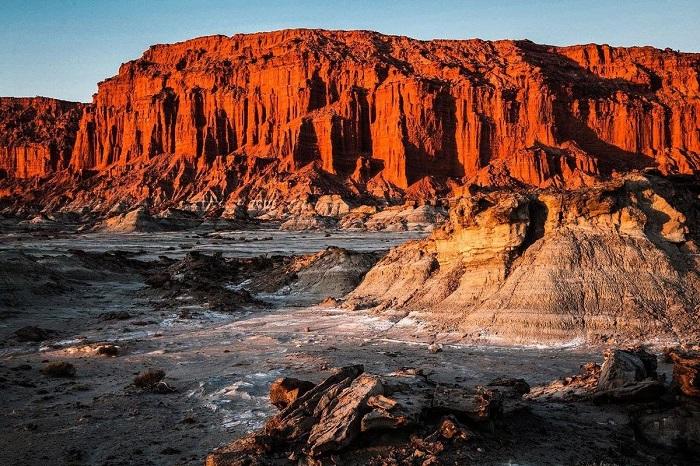
How to reach Valley of the moon Argentina
Valle de la Luna or Valley of the moon Argentina is located in an isolated area, where are no services for the traveller. visitors are required to make a base in one of the nearby towns, to travel from there. Ischigualasto Provincial Park is located 273 kilometres away from the capital city of San Juan. The closest airports to Valle de la Luna are La Rioja and San Juan.
Autumn (March-June) and spring (September-December) are the best times to reach the Valley of the moon Argentina. During these periods the temperatures are pleasant and moderate. Summer is extremely hot and rainy to visit the site.
Sources- UNESCO, Welcomeargentina,

